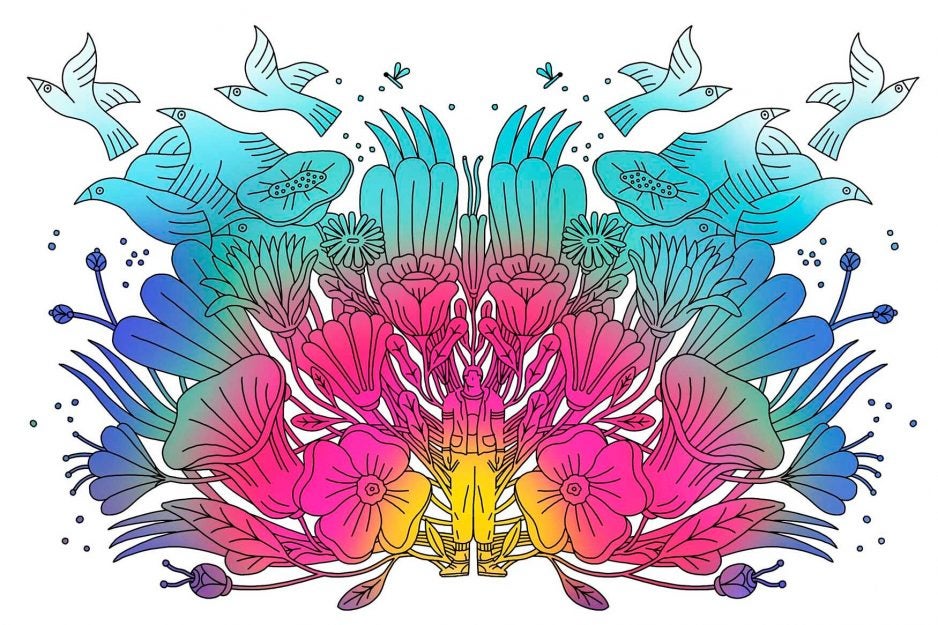We’re thrilled to share that our colleagues at the Human Flourishing Program here at Harvard have been featured in this New York Times article below. SHINE’s using the 10 question scale developed by Tyler J. VanderWeele and his team as part of our comprehensive well-being survey. We invite you to read read and learn more about what flourishing means and how we can measure it.
The Other Side of Languishing Is Flourishing. Here’s How to Get There.
By Dani Blum
Research shows that the pandemic took a toll on our overall well-being and left many of us drained. Here are seven simple steps to get you thriving again.
With vaccination rates on the rise, hope is in the air. But after a year of trauma, isolation and grief, how long will it take before life finally — finally — feels good?
Post-pandemic, the answer to that question may be in your own hands. A growing body of research shows that there are simple steps you can take to recharge your emotional batteries and spark a sense of fulfillment, purpose and happiness. The psychology community calls this lofty combination of physical, mental and emotional fitness “flourishing.” It is the exact opposite of languishing, that sense of stagnation Adam Grant wrote about recently for The Times.
“Flourishing really is what people are ultimately after,” said Tyler J. VanderWeele, an epidemiology and biostatistics professor and director of Harvard’s Human Flourishing Program. “It’s living the good life. We usually think about flourishing as living in a state in which all aspects of a person’s life are good — it’s really an all-encompassing notion.”
The good news is that the scientific evidence related to flourishing is robust, and numerous studies show simple activities can lead to marked improvement in overall well-being. Here are some practical activities, backed by science, that can help you get started.
Assess yourself.
First, how do you know if you’re languishing, flourishing or somewhere in between? Simply asking someone is an effective diagnostic tool, said Laurie Santos, a psychology professor at Yale who teaches a free 10-week course called “The Science of Well-Being.” Do you wake up ready to start your day or would you rather go back to sleep? Do you have a sense of purpose or do you find how you spend much of your day to be meaningless? “You are kind of the expert on your own sense of flourishing,” she said.
Dr. VanderWeele uses a 10-question assessment in his program at Harvard, which you can try here. Participants rate five areas of their lives on a scale of one to 10, with questions focusing on happiness and life satisfaction, physical and mental health, meaning and purpose, character and virtue and close social relationships. Just taking the quiz and reflecting on the questions it asks can put you on a path to making positive changes, Dr. VanderWeele said.
Savor and celebrate small things.
After a year of Zoom birthday parties and virtual graduations, many of us want to revel in gathering together again. Celebrations help to create and cement relationships. “It’s really important that post-pandemic we embrace more and more celebrating,” Dr. VanderWeele said.
But it’s not just the big occasions that should be marked. Acknowledging small moments is also important for well-being, research shows. Psychologists call it “savoring.” Savoring is about appreciating an event or activity in the moment, sharing tiny victories and noticing the good things around you.
A 2012 study of college students found that taking part in a savoring activity called “mindful photography” resulted in overall improvements in mood and a significantly greater sense of appreciation for college life. The students were instructed to take at least five photos of their everyday lives — friends, their favorite view on campus, books they enjoyed — twice a week for two weeks. Reflecting on the photos, and the small moments that brought them joy, helped the students focus on the good in their lives.
If snapping photos of your favorite things sounds like too much work, research shows you also benefit when you savor enjoyable experiences like luxuriating in a warm bath, spending the day with your best friend or taking an “awe” walk.
Click here to read the full piece on The New York Times website.

